
Does Saltwater Effect Roof Tiles?
Does Saltwater Effect Roof Tiles? – Coastal living is a dream for many people and has plenty of benefits. You have quick and privileged access to the ocean, you can surf every day, you enjoy cool breezes, and a whole lot more. However, this lifestyle also has its drawbacks. If it’s not you, then it’s your home that can suffer in the long run.
How come? Because of the salt. While the cool breeze is very pleasant, it also carries salt particles that actively participate in the deterioration of the structural integrity of your property’s exterior.
Prolonged exposure to salt mist is a common and natural occurrence for coastal homes. This phenomenon is responsible for the premature degradation of the building. It induces dysfunctions on several levels, including aesthetics, economy, safety, and functionality.
The older your home is, the more it will fall victim to marine salt. Estates over half a century old are the most likely to show signs of deterioration. However, you should know that newer structures are just as affected by this phenomenon and are not spared from the adverse effects of saltwater on their roofs. Aside from the age, it is the proximity to the ocean that contributes the most to the corrosion of the coatings of the properties outside structures.
This article is not intended to scare you away from living near the ocean. The purpose is to help you become aware of the detrimental effects of saltwater and air on your beloved home. Roofing is not only important from an appearance standpoint. It’s also about protecting your home from the elements.
This simple guide will help you identify and understand salt damage to your roof, as well as the remedy to address it.
Does salt water affect a house?
Do you live by the ocean? If so, your home is exposed to salt water all the time, and you may see the exterior structure of your house fade, peel, and flake. Damage caused by water from the ocean seeping inland is called salt air corrosion. Salt air corrosion is in some cases the biggest threat to your property, second only to storms, hurricanes, and other natural disasters.
By using special solutions such as sealants, it is possible to prevent or slow down some of these effects. However, none of these preventive products is a quick fix or eliminate the risk in the long run.
It is also important to note that this phenomenon occurs year-round, regardless of whether it is summer or winter. Splashes of wind-borne saltwater can occur even outside of the swimwear seasons. Saltwater that leaves the ocean does not dissolve on its journey to your roof. These tiny salt crystals attach themselves to the tiles, and they accumulate as time passes.
Why is saltwater corrosive?
As a general rule, seawater has a sodium chloride concentration of about 3.7%. It is possible in some areas that this level of salinity is weakened by dilution with fresh water. Sometimes solar evaporation also plays a major role in reducing the salinity of the water. The Australian coast is more the general rule than the exception, and the salinity of the ocean is very high.
Salt water is much more corrosive than freshwater, and the salty air from the Australian ocean will corrode your roof ten times faster than air at normal humidity levels. The conductivity of saltwater is higher and the power of chloride ion penetration through the surface of your roof is more pronounced. Three criteria in particular influence the rate of corrosion:
- Chloride content
- Oxygen availability
- Temperature
Water from the Pacific Ocean is the source of the most corrosive chloride solution available with a salt concentration of nearly 4%. At this level, the combination of high conductivity and oxygen solubility is the highest. The excretions of bacteria found in saltwater are what become rust.
Many people only think of rust as a problem that can affect their roofs. But the evil combination of moisture, oxygen, and salt is far more dangerous. Especially with sodium chloride. This phenomenon corrodes the surface of your roof until it is completely weakened and no longer serves its purpose.
Corrosion is a natural process than converts a refined metal into a more chemically stable form. It is the gradual destruction of materials. – Wikipedia
Frost damage
When the weather is cold, your roof tiles are damaged by both freezing and thawing. But while this is true for all homes, those near the ocean are once again at much greater risk. This is because salt particles floating in the coastal air destroy your roof from the inside out. When saltwater freezes, it causes volumetric expansion which can lead to spalling and delamination. The salt is particularly responsible for holes and leaks in your roof once it is coated.
Moisture build-up
The coastal climate is characteristic of higher humidity than in other Australian regions. And the more humid the air is, the more mould will grow. Saltwater floating in the air accumulates on the roof of houses located in close proximity to the ocean. This mould is not only an inconvenience to the functionality and aesthetics of the structure, but it is also detrimental to the health of the residents. The easiest way to prevent this is to have your roof washed regularly by a team of professionals.
Sand exposure
By now you are familiar with the effects of saltwater on homes in Melbourne and surrounding areas. But that’s not the only factor that can affect the exterior of your home. Sand is also transported from the beach to your roof. This can damage the surface of the tiles and even their colour. There is a way to prevent this by applying a sealant to the surface of the tiles. However, even if this method is effective, the protective layer will disappear if it is not renewed on a regular basis.
Rusting
What is the connection between rust, salt, and roofing? An oceanfront home that absorbs salt crystals from the ocean breeze. Indeed, these small particles are not innocent and are capable of deforming the exterior masonry as well as the wall ties. How can this happen? Because when the masonry is rusted, it is no longer able to protect and hold the structure of your home.
Not to mention flooding, when the water level raises and reaches your doorstep or land nearby – it will cause damage, and rust things further.
In order to judge the degree of rusting on your roof, specialized expertise and on-site inspections are necessary. Only an expert can determine the extent of deterioration as well as the solution to the damage.
Impact of saltwater on terracotta tiles
Terracotta tiles are a roof covering that has stood the test of time with elegance and without ever going out of fashion. It is a very resistant and aesthetic ceramic tile, but it is very porous and therefore requires regular specific treatment.
When a roof is covered with poor-quality clay tiles, they are more susceptible to frost damage. These types of tiles are defective from the moment they are manufactured. Most often, the firing process has been rushed. As a result, the temperature reached during the firing process is not adequate, which in practice looks like tiles with air holes. But apart from the quality of the tiles, all the buildings with terracotta roofs should be inspected and maintained regularly because salt water does not only choose its favourite house, it covers the whole region.
The repair and maintenance of terracotta tiles is a dangerous job that involves working at height. Ideally, don’t climb onto the roof yourself, working at gutter height from a ladder with a telescopic spray wand. Get in touch with our specialists that will happily save and restore your roofing.
Impact of saltwater on concrete roof tiles
Concrete tiles are made from a mixture of sand, water, cement, and mineral pigments. The concrete tile is not fired: it becomes firm through the hardening of the mixture. Because they are made from mould, concrete tiles are all the same shape and provide a flawless covering for your roof. Concrete tile roofing is suitable for both flat and pitched rooftops. They are also known for their great resistance to frost.
However, they are not immune to the effects of saltwater. Buildings that border the ocean or extend less than 4 kilometres from it are victims of something called concrete cancer. This is because the salt in the air induces and accelerates the rusting process of the reinforcing steel inside the concrete. There is a long history of balconies built before 1985 that have collapsed due to the accumulation of so much rust that it caused the concrete to spall. But again, solutions have been found to remedy these problems so that your house does not suffer from the same ending as those buildings.
A protective roof coating is a great way to ensure your roof is safeguarded against saltwater. If you can visually see cracked or flaking paint, reach out to a reputable company for an inspection and before hiring read our guide for Melbourne roof restoration.
Concrete can be damaged by fire, aggregate expansion, sea water effects, bacterial corrosion, calcium leaching, physical damage and chemical damage. – Wikipedia
Here again, considering the risks of any work at height, it is better to use the services of a professional company. Especially one who insists on an effective method that will protect your roof for a few seasons.
Impact of saltwater on bricks
Buildings over 50 years old are often covered with a layer of softer lime mortar. This type of masonry is particularly susceptible to salt deterioration. The risk is doubled if these buildings are within 2 miles of the ocean, an area where every property is affected, whether new or old.
Salt particles adhere to and are absorbed by the brick. The greatest damage is caused when the weather is rainy, and the rainwater expands the salt particles until they push the outer surface of the brick.
The presence of salt is responsible for the disintegration of the mortar. The result is a soft powder that is no longer able to fulfil its purpose of holding your house together. This damage does not stop there but can spread throughout the masonry, regardless of its size. If nothing is done at this stage, salt can be responsible for the collapse of tiles or walls of the property.
Those salt crystals that were originally only micro-particles in the ocean become the biggest culprits and the repair of your roof can cost you dearly. Indeed, repointing the exterior surface or replacing a few tiles will not be enough because in most cases, the deterioration of the mortar extends over the entire width of the bricks.
Maintenance of your roof tiles
The key to prevention is constant maintenance, as with many things in life. All products used in the field of waterproofing and sealing of tiles are useful in the short term and when the damage is not pronounced. It can help for example to prevent saltwater corrosion. However, as we have seen in this article, it is not a one-size-fits-all solution that will restore and protect your roof permanently. Any home on the coast requires regular maintenance of the tiles and gutters at the very least.
If you live in Melbourne or are the owner of one of these coastal properties, consider pressure washing every year. Such a habit will help you wipe away the dirt, sand, and salt crystals that accumulate over the months. Maintaining a protective coating on your tiles will act as a barrier between salt air, water, and the surface of your roof. But the most important thing to remove is the salt particles.
Trust our Melbourne professionals to vivify your roofing!
It is obvious that living by the Ocean is not possible without exposure to salt. While salt is a major threat to your roof, there is nothing to worry about as long as you are fully aware of it and take the necessary steps to protect yourself and your home. Call on our professionals who will do the dirty work for you.
If you are the lucky owner of a home on the Australian coast, you don’t want to wait until the only thing to do is to scaffold the building and remove the roof tiles individually. Calling a roofing restoration team in time will ensure that your property is safe and does not suffer from the ravages of saltwater. Get in touch with Vivify Roofing now!


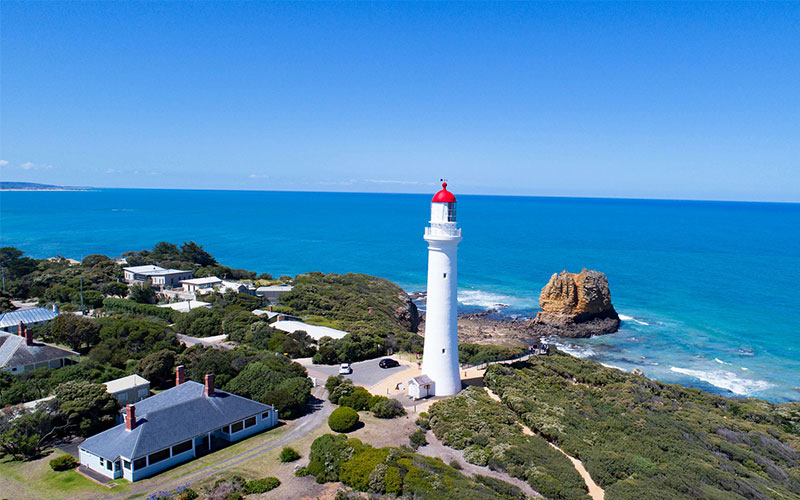
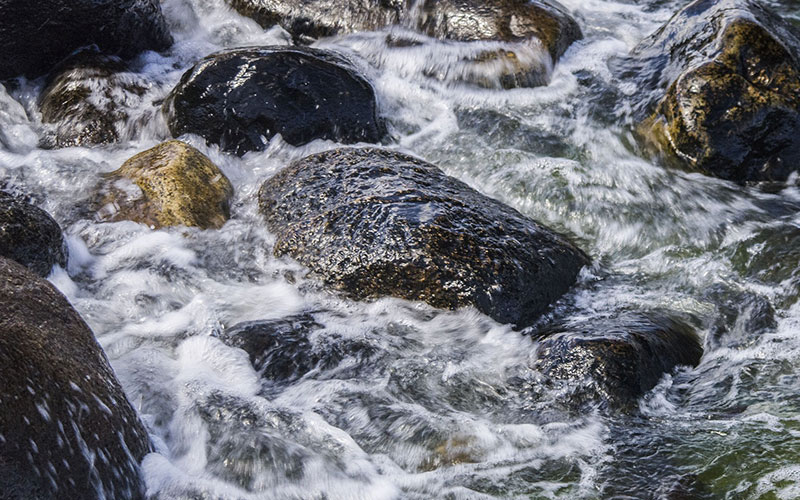
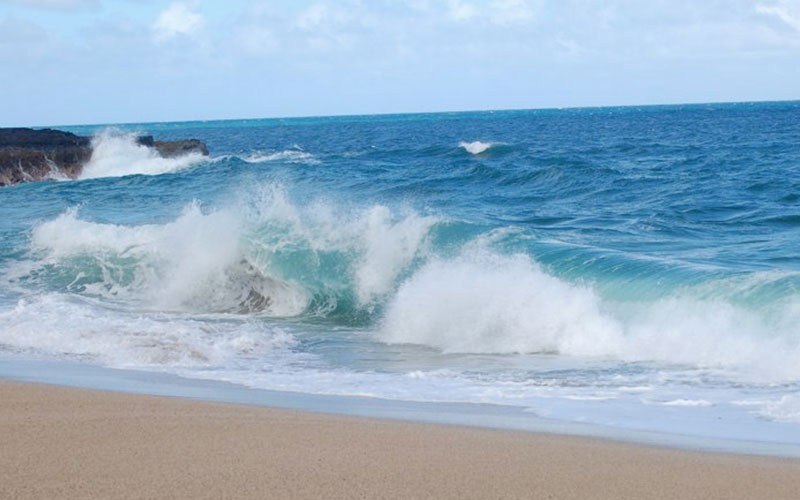
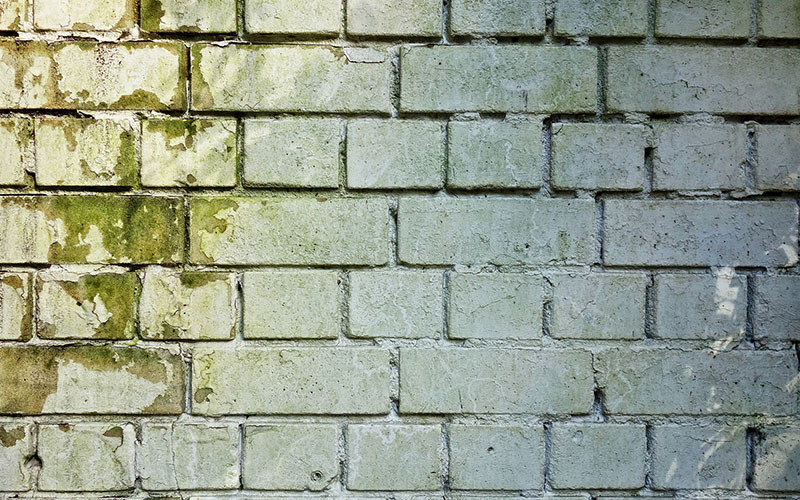
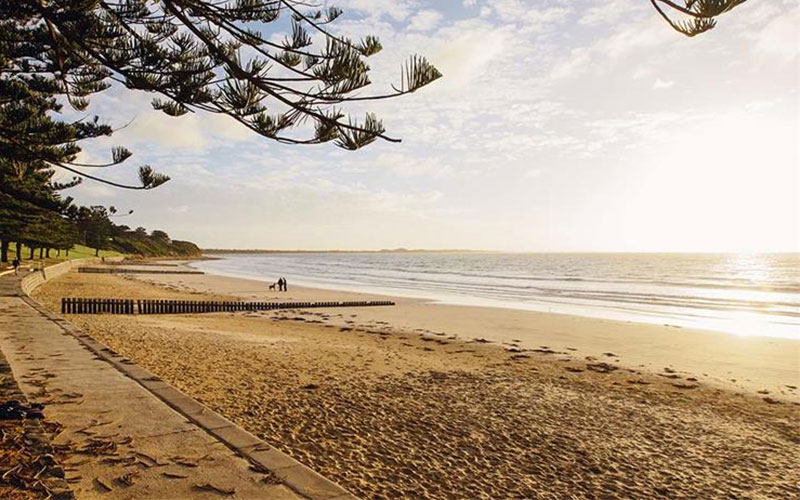
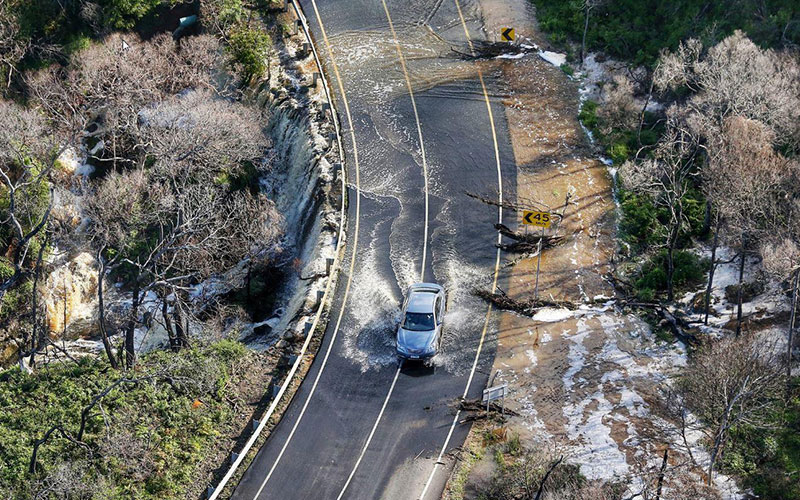
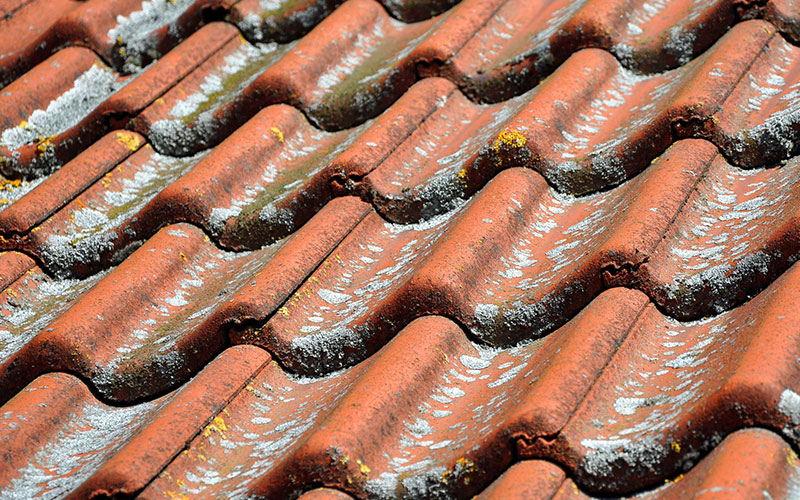
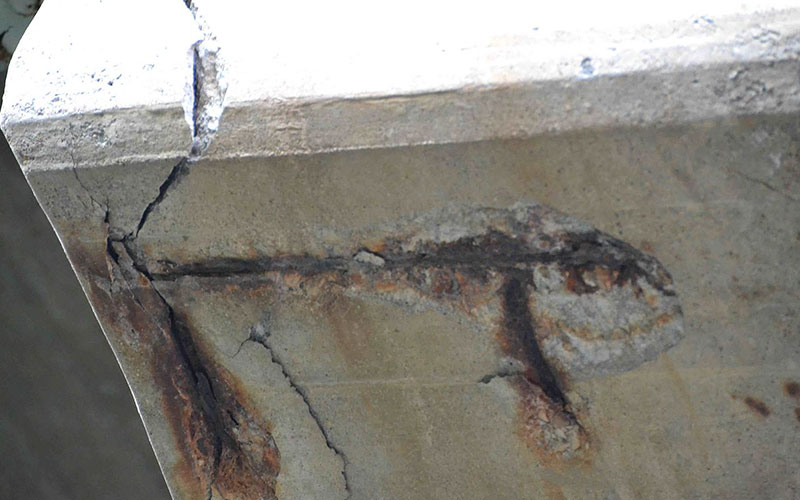
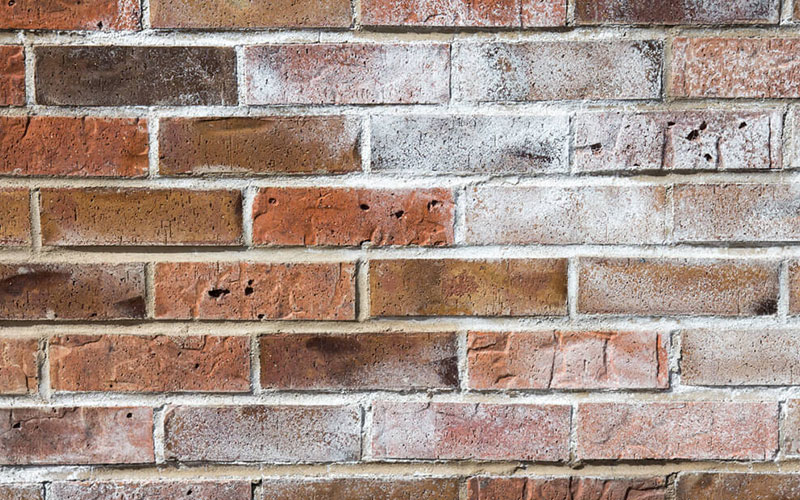
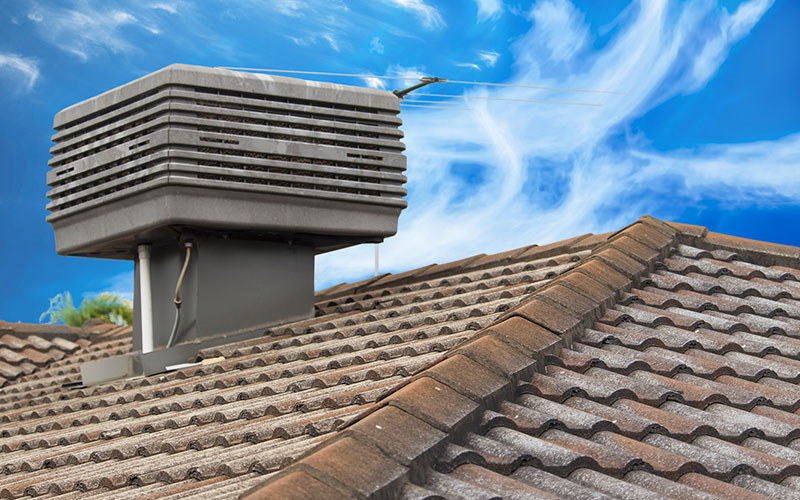
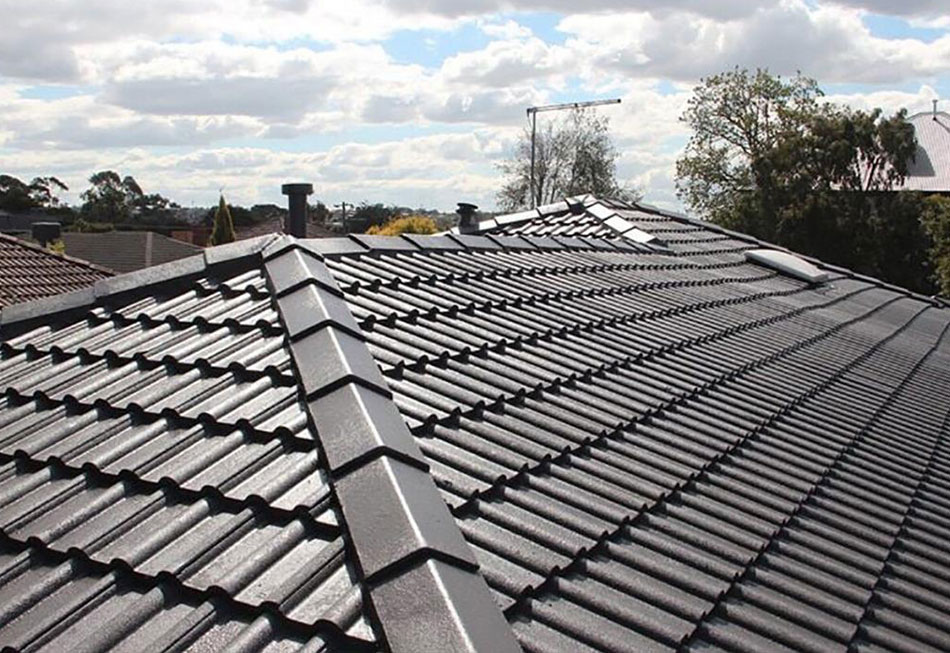
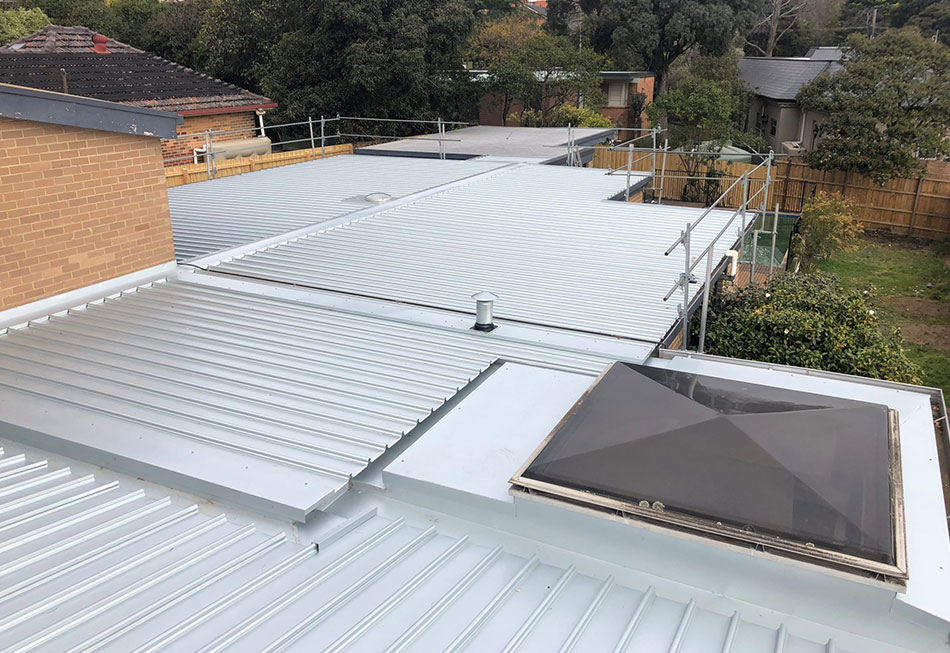
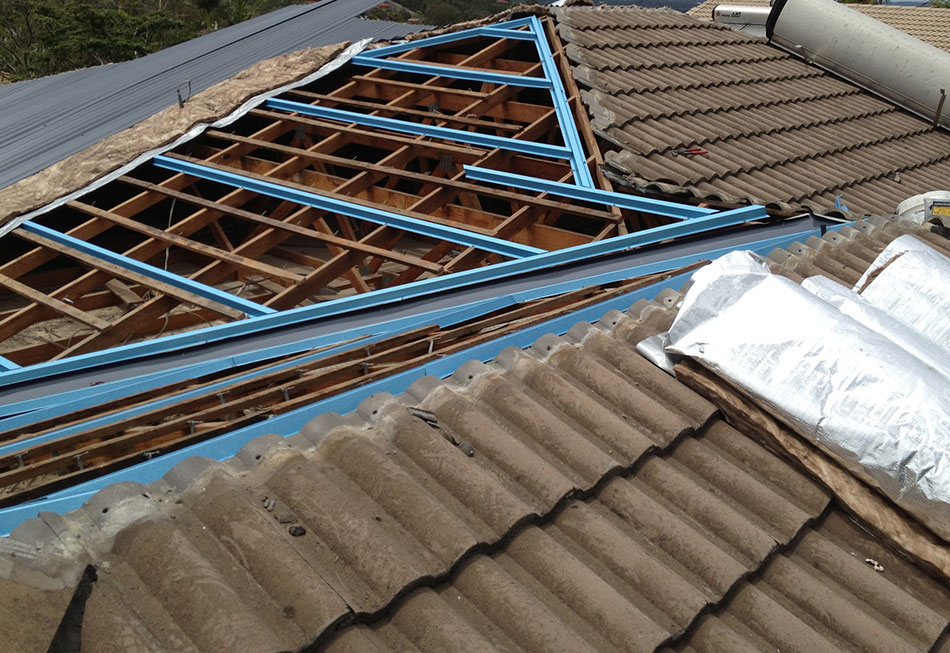

This Post Has 0 Comments